The crypt of St John’s Waterloo feels serene and secure, a world away from the bustling city above. ‘I will spend the day here, because I feel safe here,’ Badiucao tells me. The dissident political cartoonist, who has been called ‘China’s Banksy’, is preparing to display his work on the crypt’s newly restored brick walls as part of an exhibition by exiled artists.
Already a subscriber? Log in
Subscribe for just $2 a week
Try a month of The Spectator Australia absolutely free and without commitment. Not only that but – if you choose to continue – you’ll pay just $2 a week for your first year.
- Unlimited access to spectator.com.au and app
- The weekly edition on the Spectator Australia app
- Spectator podcasts and newsletters
- Full access to spectator.co.uk
Or
Unlock this article
You might disagree with half of it, but you’ll enjoy reading all of it. Try your first month for free, then just $2 a week for the remainder of your first year.


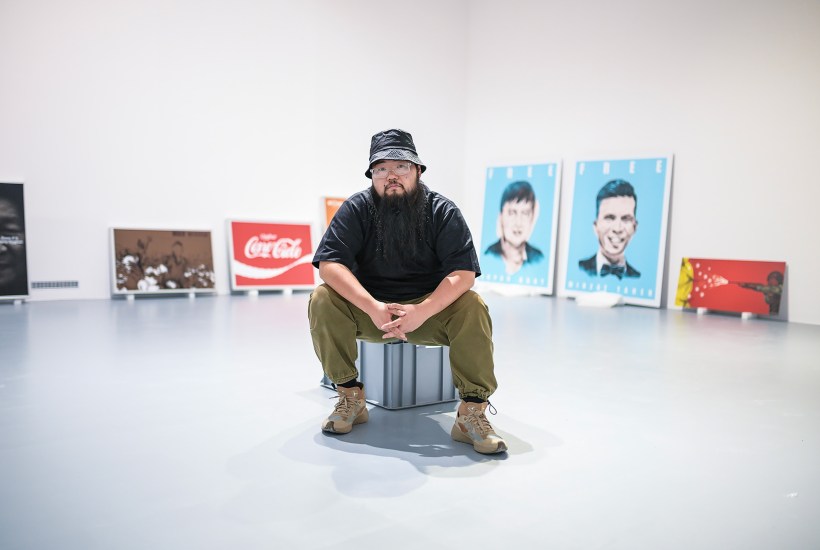

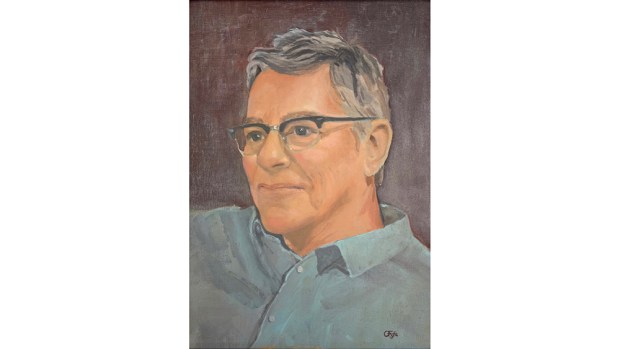
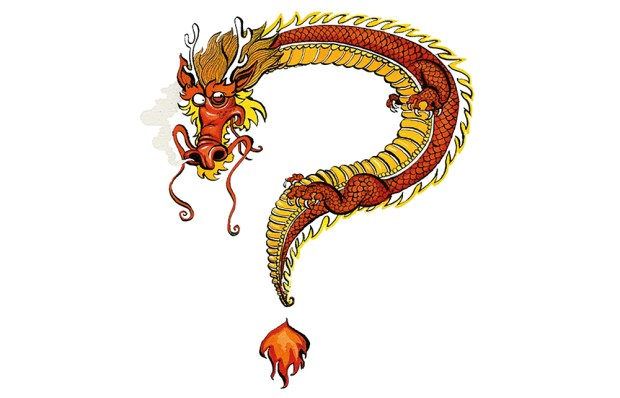
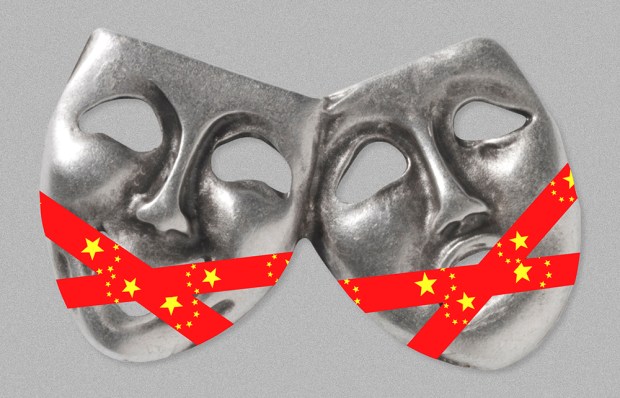
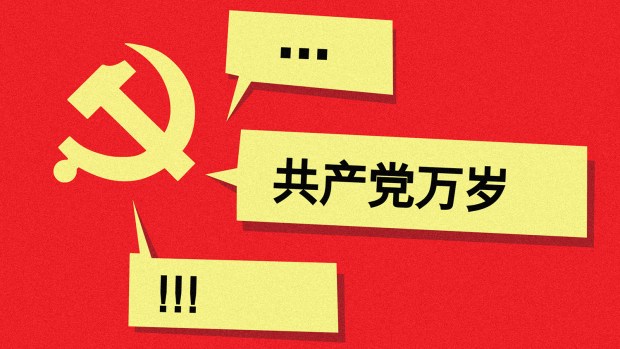
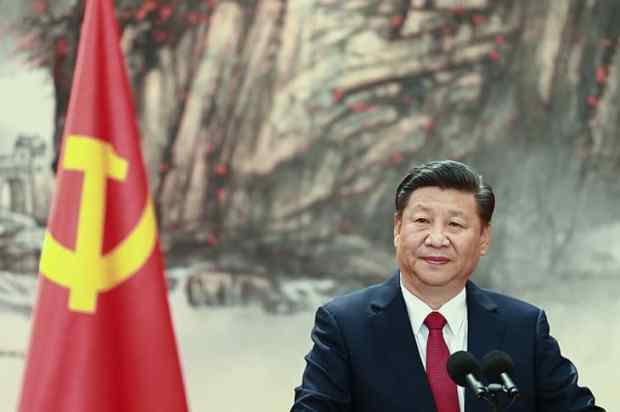






Comments
Don't miss out
Join the conversation with other Spectator Australia readers. Subscribe to leave a comment.
SUBSCRIBEAlready a subscriber? Log in